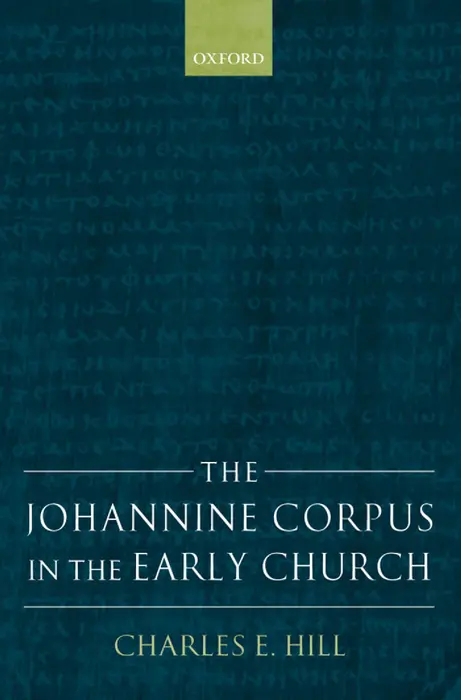
The Johannine Corpus in the Early Church
Hill C.E.
Год :2006 Количество страниц :531 [546] Язык :Английский Категория :+ Не только о гнозисе Скачать : PdfПоддержать :
Traditionally associated with John the apostle (the Gospel of John, the three Letters of John and the Revelation of John) make up a major portion of the Christian New Testament and have had an immense influence both on Christianity and on Western culture. Yet the consensus of scholarship has long held that one member of this Johannine corpus, the Gospel of John, endured a long struggle before it was deemed acceptable to the mainstream of orthodox Christianity. This consensus maintains that the Fourth Gospel was accepted first and most enthusiastically by gnostic and other heterodox groups while suffering disregard or opposition by the orthodox until about the 180s, when Irenaeus, Bishop of Lyons, ‘rescued’ it by showing how it could be used against the heretics. This study chronicles the rise of this ‘orthodox Johannophobia paradigm’ (OJP) in scholarship, then mounts a thorough investigation of the primary sources to ascertain its viability. The examination of all second-century sources, both orthodox and heterodox, both literary and material, places every aspect of this paradigm in jeopardy. The extent of John’s early use has been routinely underestimated, and its reception among the gnostic schools largely (and surprisingly) misunderstood. Considering the Fourth Gospel in the second-century context also forces us not only to view it alongside other Gospel literature, but also alongside other writings with which it was widely associated, namely, the Johannine Epistles and Apocalypse. The book concludes with a summary and reflections on the implications for our understanding of Johannine origins and history.





